Carrier Borne Jet Aircraft.






Description
The FH-1, also known as the Phantom, was a jet fighter aircraft developed by McDonnell Aircraft Corporation for the United States Navy in the late 1940s. It holds a significant place in aviation history as it was the first carrier-based jet to enter service with the U.S. Navy.
The development of the FH-1 Phantom began during World War II when the U.S. Navy recognized the potential of jet propulsion in aircraft. McDonnell Aircraft Corporation, led by James S. McDonnell, secured a contract in 1944 to develop a carrier-based jet fighter. The project faced several challenges, including limited engine technology and the need for aircraft carrier compatibility. However, McDonnell and his team persevered, and the FH-1 Phantom took its maiden flight on January 26, 1945.
In 1947, the FH-1 Phantom entered service with Navy Fighter Squadron VF-17A, becoming the first operational jet aircraft in the U.S. Navy. The Phantom's performance, while not exceptional compared to later jet fighters, represented a significant leap forward in aviation technology. Its introduction signaled the Navy's transition from propeller-driven aircraft to jet-powered fighters.
The FH-1 Phantom's operational career was relatively short-lived. It faced several challenges and limitations that affected its overall success. The aircraft experienced engine reliability issues, limited payload capacity, and a relatively short endurance compared to contemporary propeller-driven aircraft. Additionally, the rapid advancements in jet technology rendered the FH-1 Phantom obsolete within a few years of its introduction.
Despite its limitations, the FH-1 Phantom played a crucial role in paving the way for future naval jet fighters. It provided valuable insights into carrier-based operations, jet engine performance, and the integration of new technologies into naval aviation. The FH-1 Phantom's development and operational use influenced subsequent generations of carrier-based aircraft, contributing to the evolution of naval aviation capabilities.
Controls:
Normal Flight controls
Ag1 for Arresting Hook
Specifications
Spotlights
- Mustang51 1.9 years ago
- dINE 1.9 years ago
- Anguirus380 1.9 years ago
- RepublicOfCursedPlanes 1.9 years ago
- KPLBall 6 months ago
General Characteristics
- Successors 1 airplane(s) +24 bonus
- Created On Windows
- Wingspan 30.8ft (9.4m)
- Length 32.8ft (10.0m)
- Height 10.1ft (3.1m)
- Empty Weight 4,790lbs (2,172kg)
- Loaded Weight 6,185lbs (2,805kg)
Performance
- Power/Weight Ratio 1.089
- Wing Loading 27.8lbs/ft2 (135.6kg/m2)
- Wing Area 222.7ft2 (20.7m2)
- Drag Points 2203
Parts
- Number of Parts 61
- Control Surfaces 5
- Performance Cost 295

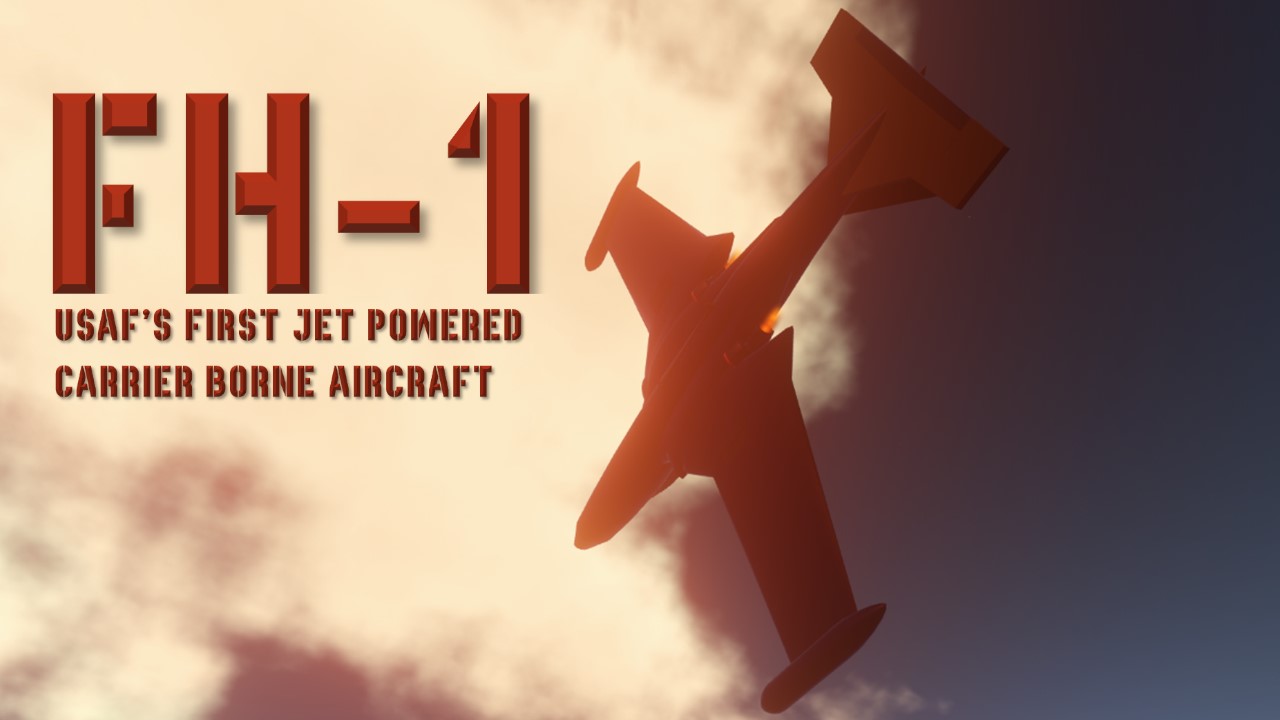
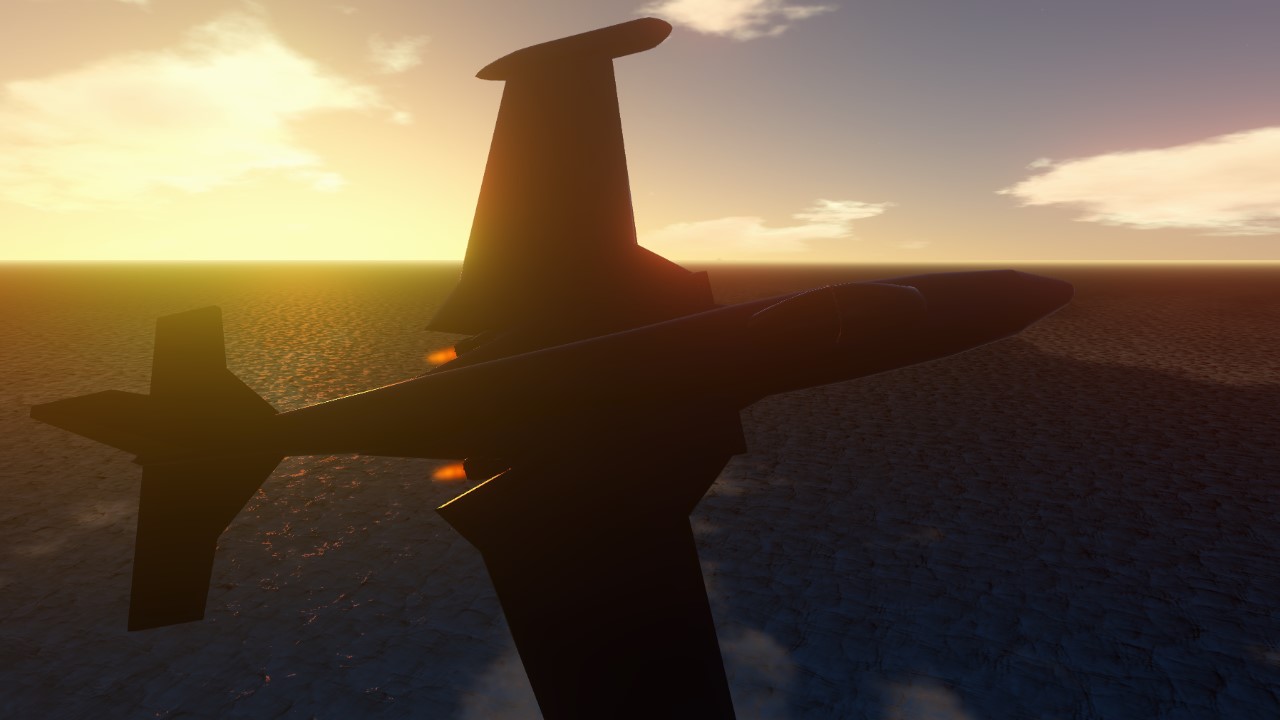
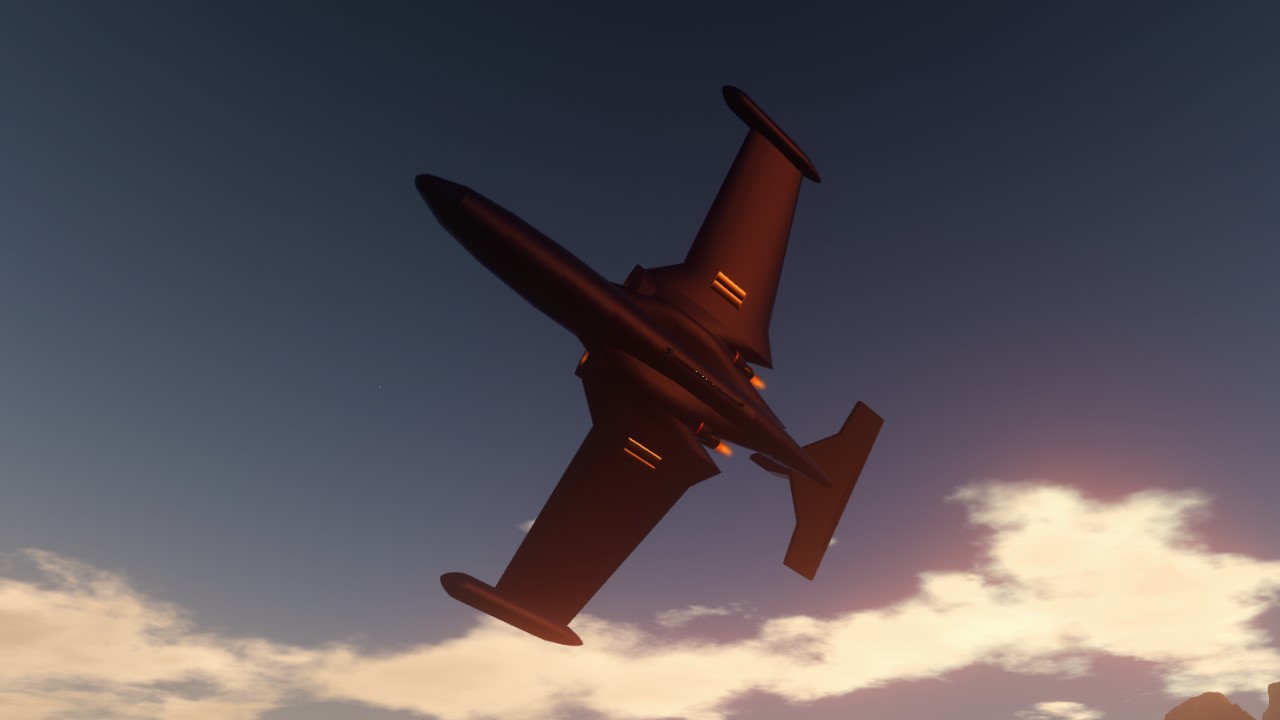

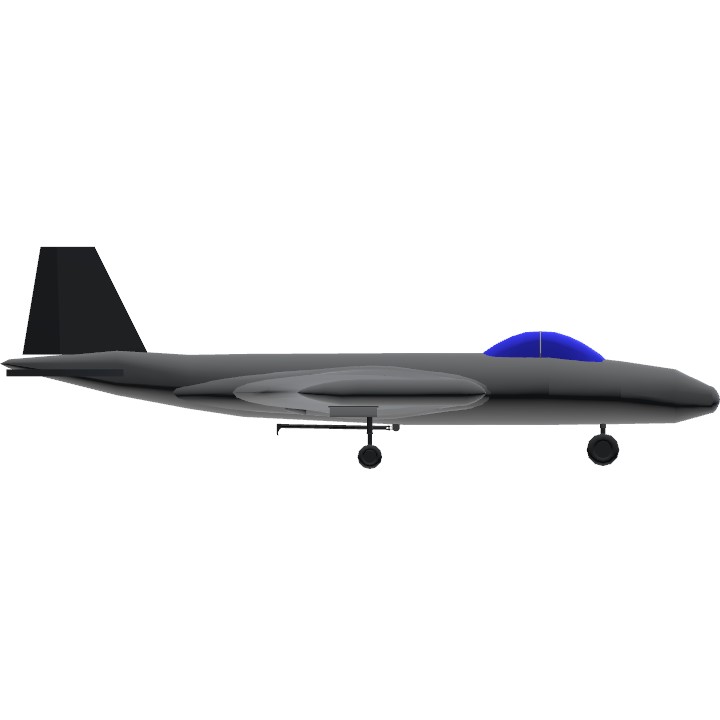
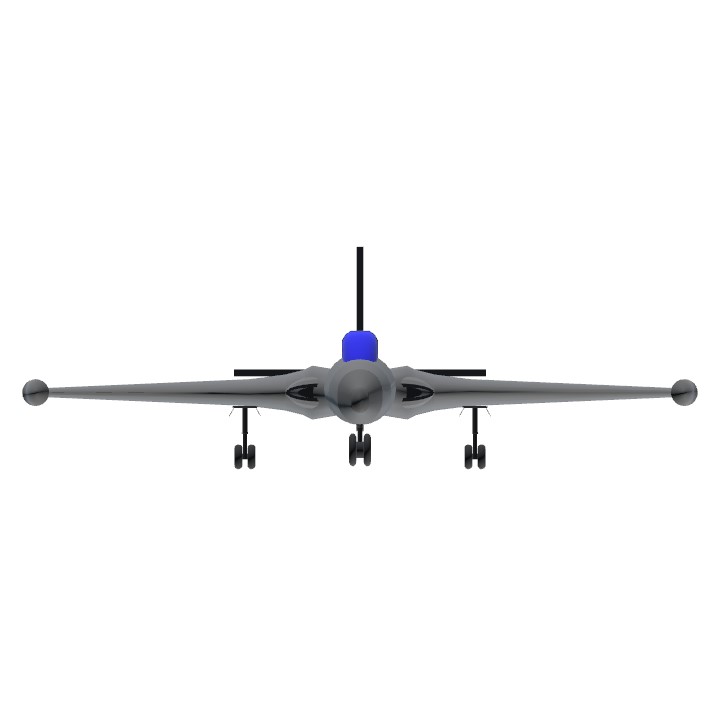
@windshifter1 Oh wow, uhh... Okay, thank you so much. I don't know what else to say honestly.
@JABH Our Supreme Commander has agreed. Your admittance to the MDA is confirmed. Subsequently, I formally invite you to MDA Low Tier, thus giving you the rank:
JABH
Acting-Lieutenant of the Mouse Defender Allies, contracted Arms Supplier
Signed,
Windshifter1
Fleet Admiral, Head of the Mouse Defender Allies High Administration, Chief of Allied Naval Operations
@JABH You currently have the agreement of:
CrestelAeronautics, Deputy Supreme Commander of the Allied Forces
TheUltimatePlaneLover, Chief of Allied Ground Operations
Windshifter1 (myself), Chief of Allied Ground Operations
Still awaiting the final approval of TheMouse, Supreme Commander of the Allied Forces, but with the signatures we currently have, its looking good.
@windshifter1 Uhhh... Nerves, nerves.
@JABH Ah... let me see. I'll talk to our Supreme Commander directly about this.
@windshifter1 Hey, and in the end, did I join MDA or not?
@JABH Thanks!
(•//o//•) VERY GOOD
Can I use this?
@ReturnOfJeffChandler Oh yes sorry about that in the cover image. Its just that USAF is shorter to write
US Navy*
@windshifter1
Alright
@ToeTips I could do... just tag me in an unlisted post of yours and Ill see what I can do.
@windshifter1
Could you do some screenshots for me? I have a plane coming up
@ToeTips I always do all my own screenshots! I have downloaded Reshader Effects. Its an app you add to simpleplanes that enhances the graphics real time. The text is Relucta font, with an added custom bevel.
@windshifter1
Who did your screenshots? They are great! Also the plane could look alot better. Try not using the base cockpits, they are doo doo water.
lol, I'm Working On F9F-2 Too.
@Hiimakeplanes Ok, very good advice. i will compile all the advice given in the comments and release a new updated version, possibly with a full cockpit. I hope you will wait for me to release it and check it out.
@windshifter1 use fuelsalauge blocks for cockpit if u don’t want to make it and add structural wing under the vertical stabalizer so it looks better and not just half floating
@Hiimakeplanes please tell me so i can improve
@Hiimakeplanes Lacking how? The screenshots are all from in-game, same plane you download
@windshifter1 no worries! You made it pretty good but it’s hard to get it correct for high altitude and low altitude with just drag points. I use various air breaks inside the plane which are activated by different aspects of flight. For example, to realistically replicate loss of energy in tight turns, I have an air break that has its input connected to the aircraft’s AoA. This helps a lot to balance having a high max speed and also realistic energy bleed off
@Mustang51 Ok, I always do try make the drag points and speed realistic but for some reason I forgot this time I posted!
The one small change I would make is maybe reducing the drag points a tiny bit (maybe 500 only) so that it has a more realistic top speed at low altitude. I know the top speed at 30,000ft is pretty realistic but having good low altitude performance is also fun but this is of course the builder’s choice. Maybe also slightly less powerful engines for more realistic takeoff acceleration and TWR
I absolutely love this aircraft! Looks very nice and flies very smoothly. Also doesn’t have the crazy overpowered capabilities most builds have on here. Very well done